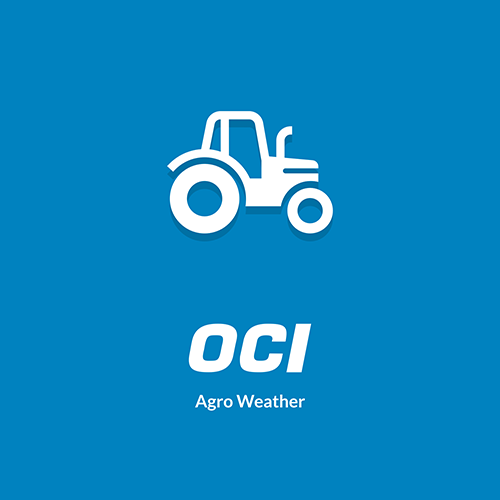Soil
Home > Soil > Considerations > Determining the texture
Determining the texture
Sand
In sand, grains can be easily seen with the naked eye (grain size 0.05-2 mm). The soil does not change shape between the fingers. You cannot make a lump out of it and it feels grainy and loose.

Sand particles do not bond together, so there is little cohesion and no aggregates or crumbs form.
Sand holds little moisture but the grains do create pores that facilitate water drainage. This makes sandy soils susceptible to drought. Sand imparts firmness to the soil (skeleton), but this type of soil contains no nutrients for plants.
Silt and loam
On clay soils we refer to silt (grain size 2-50 mm), whereas on sandy and loess soils it’s loam (grain size < 50 mm). The particles are invisible to the naked eye. Because the pores are small, the soil holds a lot of water but nutrients leach out. Silt does not stick between the fingers, but loam often does, as it also contains clay. The fine particles can stick together. This can easily result in compaction in the soil and at the surface.
Sandy clay and clay

Dry clay often consists of hard fragments. The clay particles are less than 2 mm in size.
The particles can hold a lot of water and also nutrients. However, plants can only absorb some of the water. A sandy clay soil contains 8 to 25 per cent clay. If the soil contains more clay, we refer to it as a clay soil. Because water and air move only slowly through this type of soil, lack of oxygen can easily occur. This hinders root growth. Crops on clay soils are more sparing of water and are less likely to run into problems in drought. Some clays can swell and shrink to a considerable degree. This allows more air into the soil but these soils also dry out faster.
Determining the texture
| Sand | Loam (loess) | Sandy clay | Clay | |
|---|---|---|---|---|
| Grains visible | Yes | Some | Yes | No |
| Stability of dry clods | No clod formation | Easy to break | Large | Large, hard and complete |
| Stability of wet clods | Unstable | Moderately stable | Stable | Very stable |
| Cohesion between fingers | Not cohesive | Not cohesive | Thin and fragile | Very long ribbon and flexible |
Sources:
Brady, N.C. and R.R. Weil (1996). The nature and properties of soils. 11th edition. Prentice Hall, Inc., Upper Saddle River, NJ 07458. 740 pp.
Koopmans, C.J., J. Bokhorst, C. ter Berg en N. van Eekeren (2012). Bodemsignalen. Praktijkgids voor een vruchtbare bodem. Roodbont Uitgeverij, Zutphen. 96 p.


